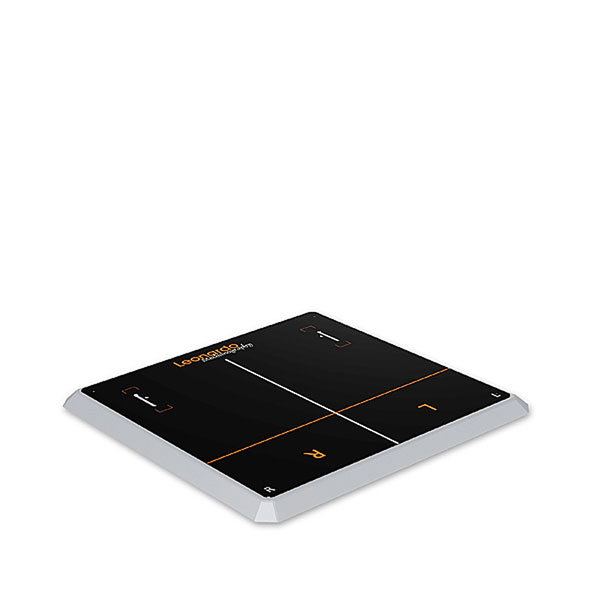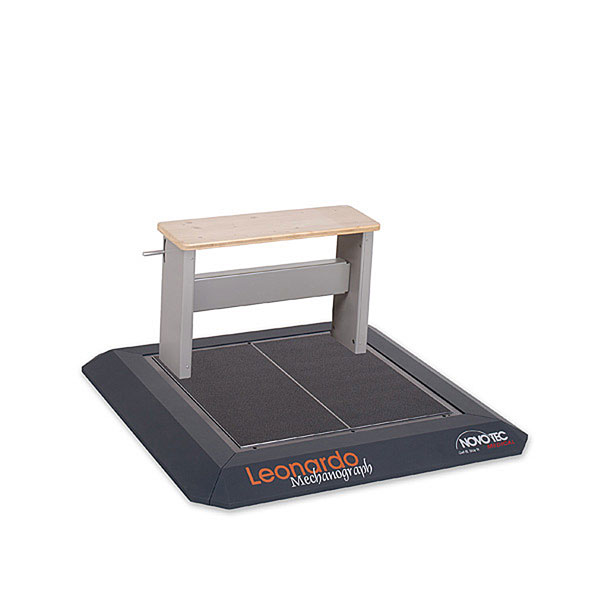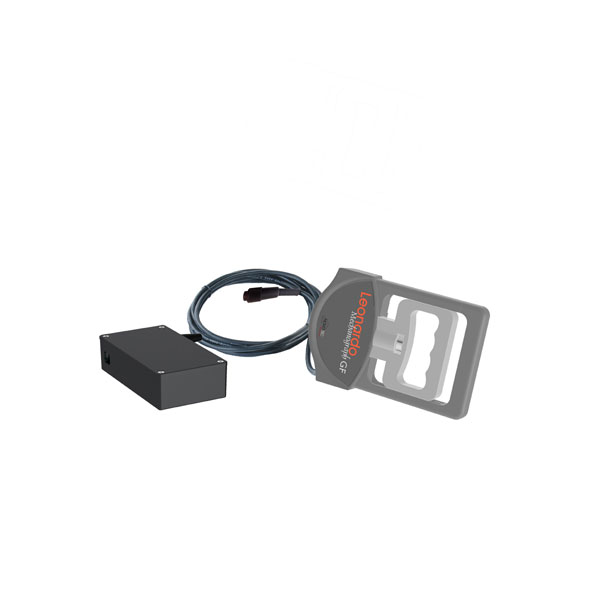Medical Applications
Automated objective and software supported movement analysis, performance diagnostics and fitness assessments
Medical Applications
Automated objective and software supported movement analysis, performance diagnostics and fitness assessments
Objective movement analysis and performance diagnostics based on everyday movements
Clinical application
Why Leonardo and pQCT?
Leonardo Mechanograph® and pQCT in clinical use
The aim of bone density measurement is to determine bone strength and to estimate the risk of fracture. The risk of fracture is primarily determined by the risk of falling. The strength of the bone is determined by its material properties and its geometry. While conventional, area-projected bone density measurement methods cannot adequately describe the bone strength, it can be predicted very accurately using pQCT by determining the physically correct bone density and the required geometric parameters. The risk of falling can also be reliably assessed with a series of simple exercises on the Leonardo force plate. The combination of Leonardo mechanography and pQCT thus provides a superior concept for musculo-skeletal diagnostics.

pQCT bietet mehr als nur die Messung der Knochenmasse
Spongiosa and cortical density in g/cm³, bone strength, bone geometry and muscle parameters are determined using pQCT. Unlike conventional methods, the pQCT measurement provides the results in physically correct units (g/cm³ instead of g/cm²). Cancellous bone and cortical bone can be evaluated separately. The results are independent of body size and weight. Darüber hinaus gibt es keine Beeinflussung von extraossären Verkalkungen und Änderungen der Weichteilzusammensetzung.
Muscle cross-section and muscle density
pQCT also allows quantification of muscle parameters such as muscle cross-sectional area and muscle density. On the one hand, these are crucial for bone adaptation ("mechanostat"), and on the other hand, muscle parameters are essential for defining the clinical conditions of sarcopenia and dynapenia.
Fall risk assessment with Leonardo Mechanography
The risk of fracture is primarily determined by the risk of falling. Essential for determining the risk of falling is muscle function, especially muscle power, strength and balance. These parameters are also decisive for day-to-day performance and thus quality of life. Leonardo mechanography allows the accurate measurement and analysis of key parameters of muscle function such as force, power, speed, energy and stiffness with high reproducibility. This makes Leonardo Mechanography suitable not only for diagnosing the individual muscular condition, but also for documenting treatment successes.
Our most popular products
More Leonardo Mechanograph® Systems

Leonardo Mechanograph®
GRFP LT
The entry-levelin system for clinical application. Established system for the use in geriatric clinics. Mobile and robust.

Leonardo Mechanograph®
GRFP STD + Bench
The standard model for clinical application. Established system for use in clinics, for studies for for the advanced user.

Leonardo Mechanograph®
GF
Grip-Force (Grip-Strength) measurements made easy - ob als eigenständiges System oder als Griffkraftsensor für ausgesuchte Mechanograph Systeme.

Do you have questions about our products or would you like to purchase a product?
Let our experts advise you. Simply arrange a non-binding consultation.
Let Leonardo Mechanograph® convince you!
Various scientific studies prove the validity of Leonardo Mechanography.
Profit from over 20 years of experience and results from over 150 scientific publications using Leonardo Mechanography world-wide.